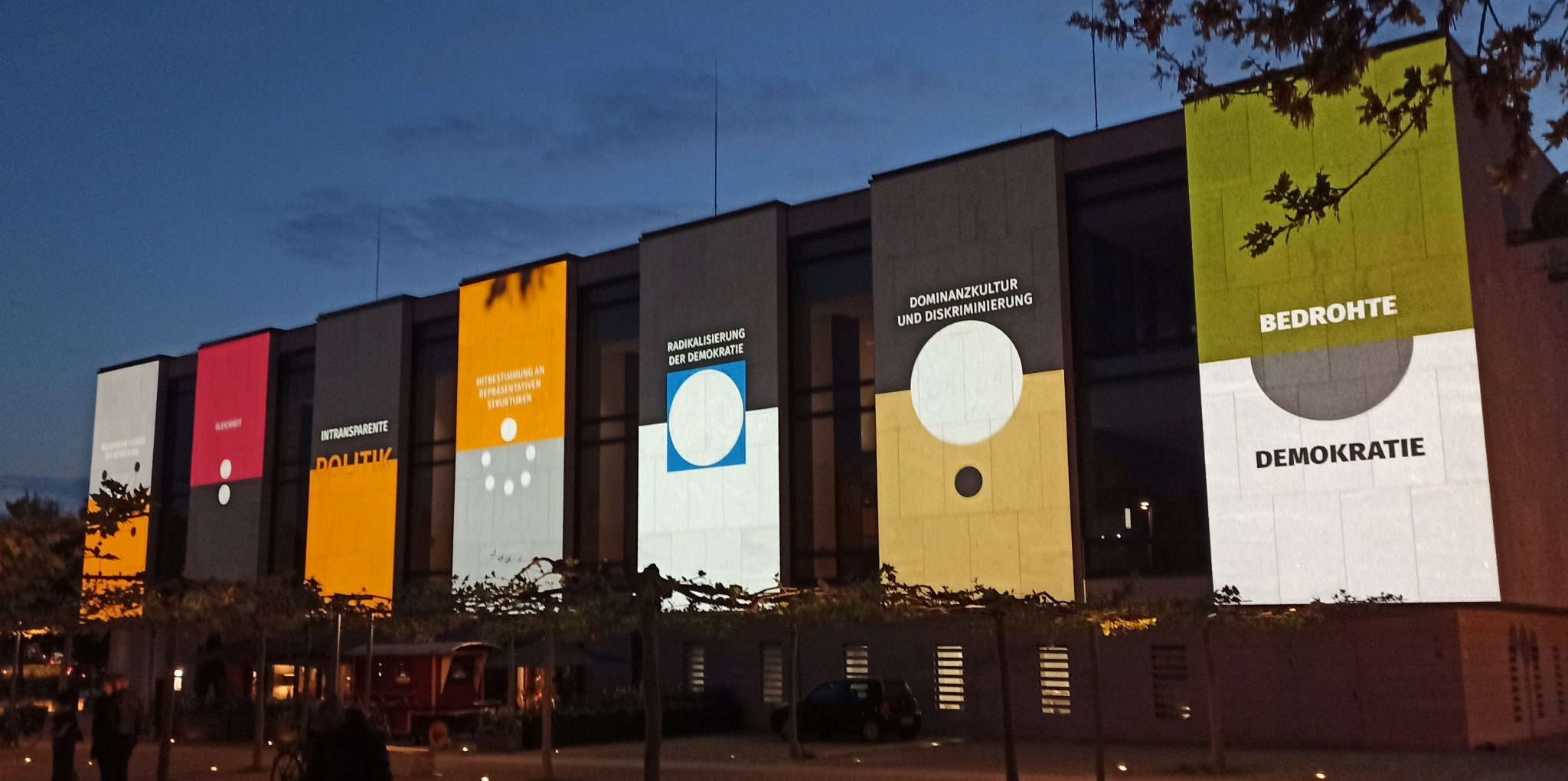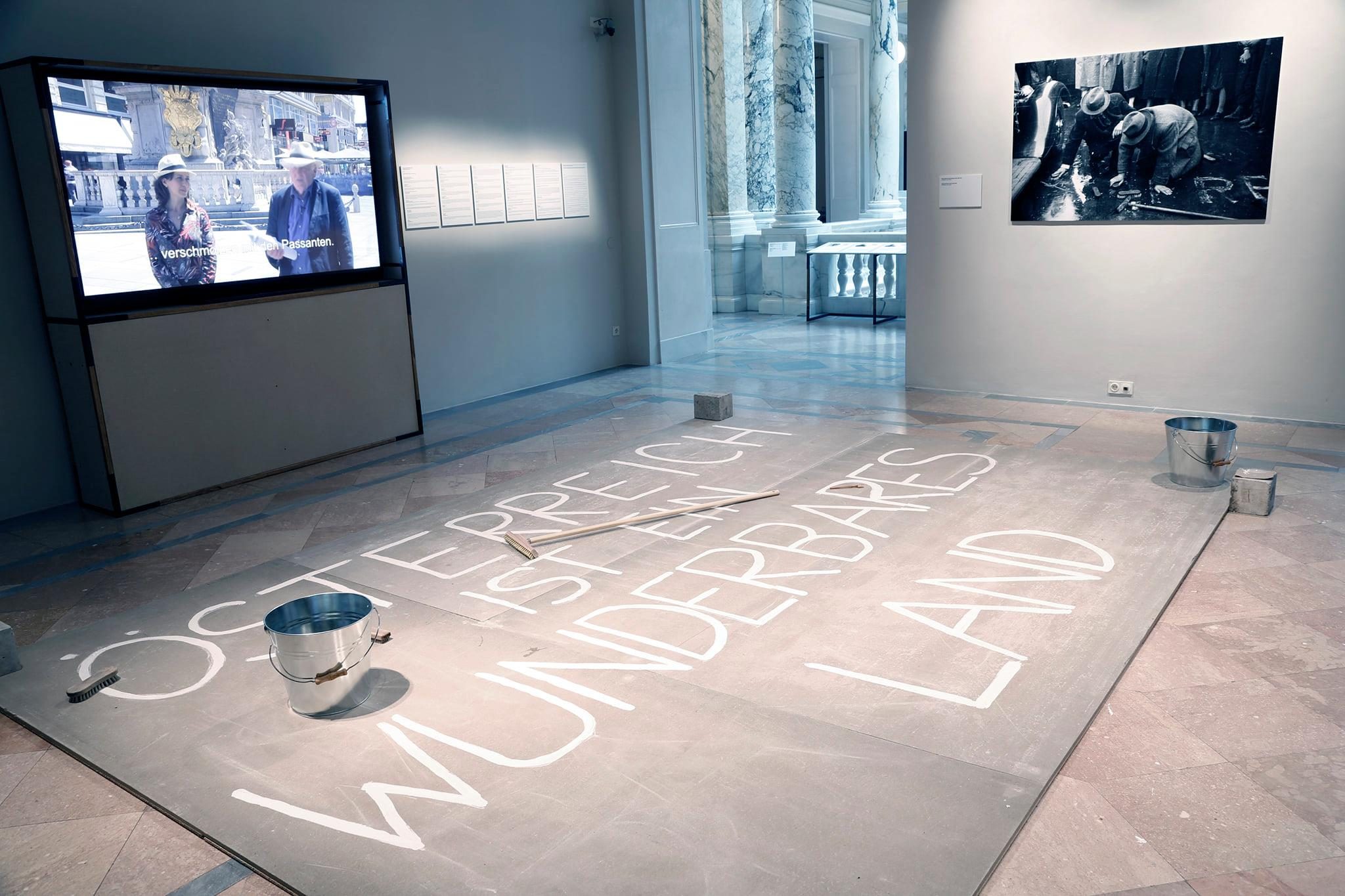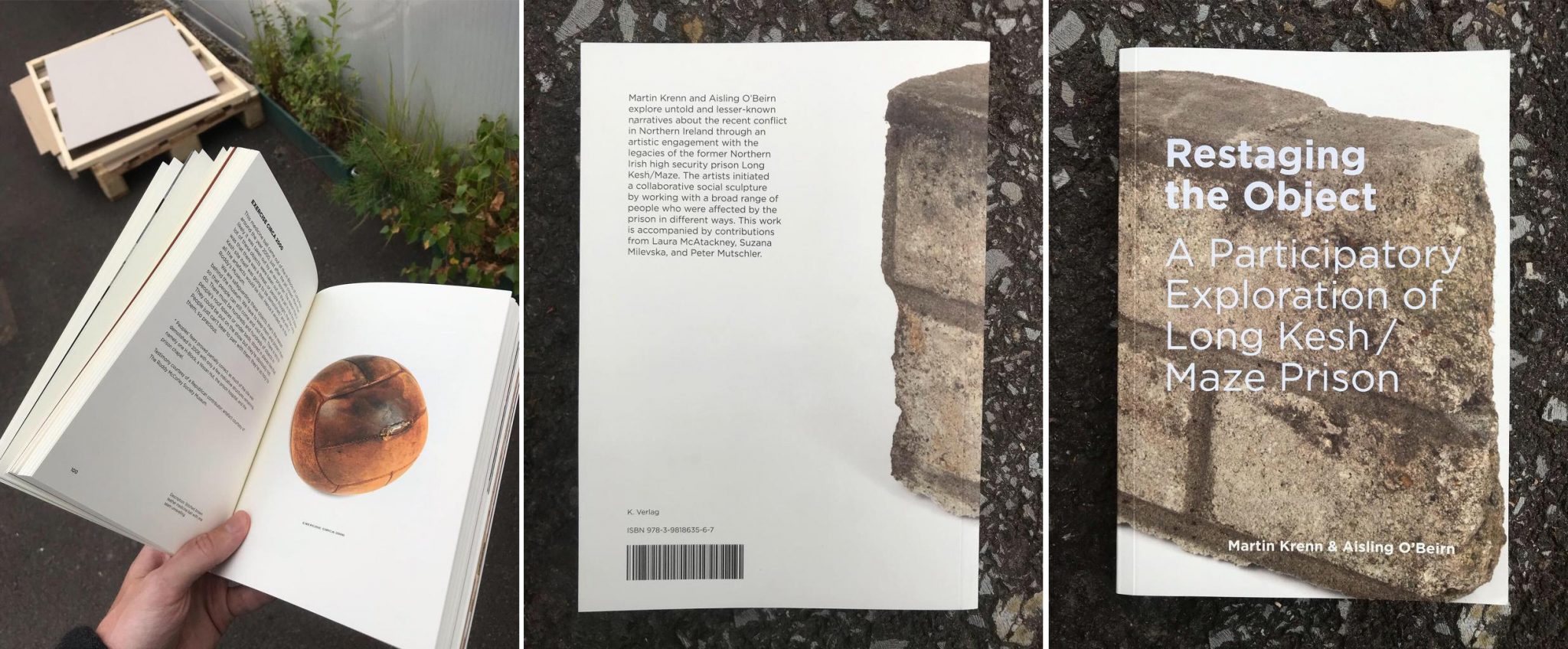
The opening event will take place on April 1, 2023 at 1 p.m. directly on the quarry site. „Spuren lesbar machen im NS-Zwangsarbeitslager Roggendorf/Pulkau“ (Making traces legible in the Roggendorf/Pulkau Nazi forced labour camp) – is a collaboration between the historian Edith Blaschitz, the residents of the Roggendorf/Pulkau region, the artists Rosa Andraschek and Martin Krenn as well as the St. Pölten University of Applied Sciences and the Institute for Jewish history of Austria.
“The web app “The Quarry, the Camp and the Villages” developed by Martin Krenn makes stories of the former quarry visible and audible. As you explore the area today, the present is overlaid with different historical perspectives.”
https://granitsteinbruch.at
“In her “Memory Spaces,” Rosa Andraschek creates a digital memory space in which memories can be further networked. Blank spaces, fragments and fragments of history serve as the starting point for memory work.”




